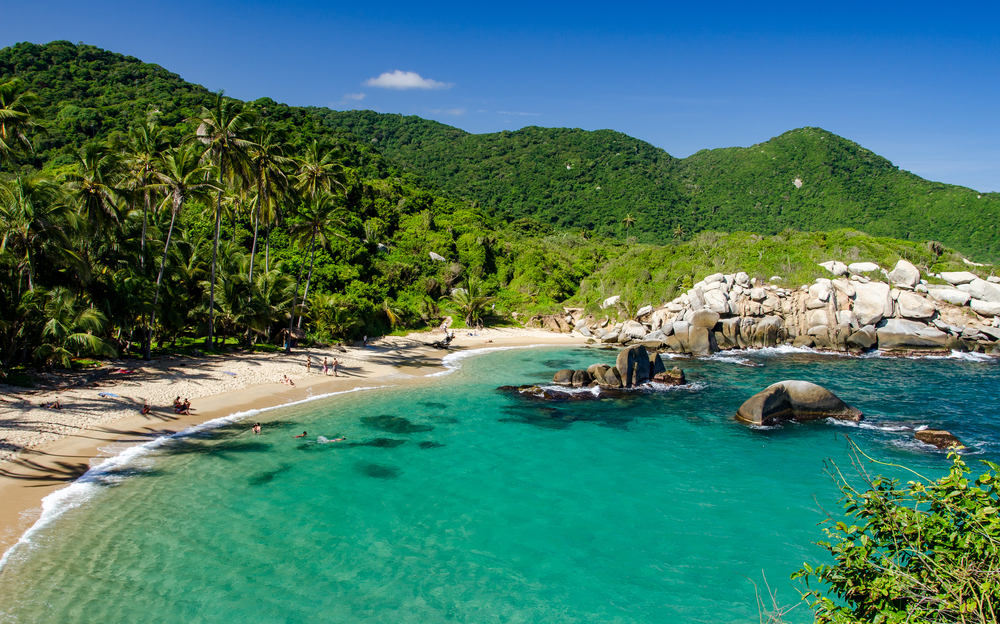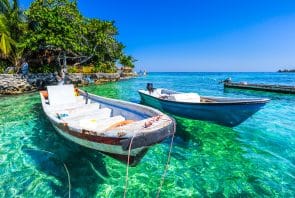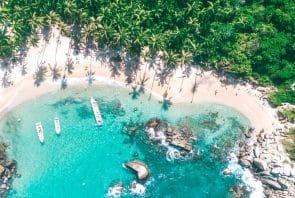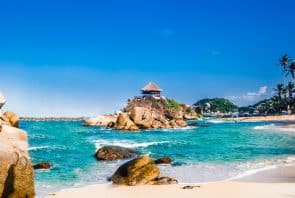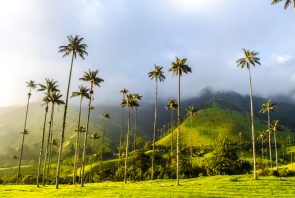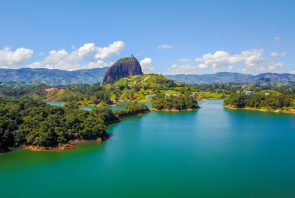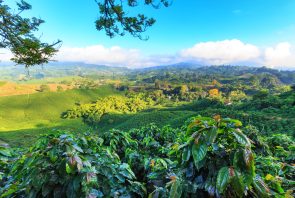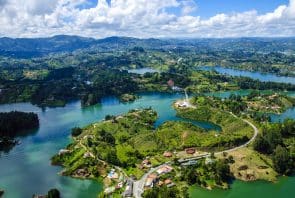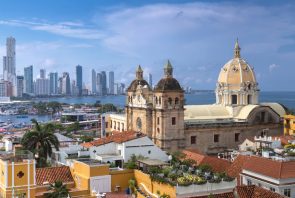In recent years, calm has returned to Colombia: while the country in the north of South America is recovering from long internal conflicts, the tourism industry is experiencing an upswing. More tourists than for a long time come to Colombia to climb the country’s high mountains, taste the freshly harvested coffee, stroll through the picturesque towns or unwind on the Caribbean beach. Colombia is a real all-rounder. The country manages to combine all the characteristics of the South American continent and thus gives incredible diversity and new experiences to the travelers who give the country a chance.
Bogota, the city above the clouds
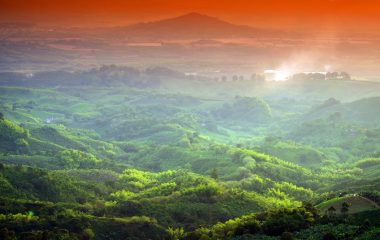
The Andes, the longest mountain range in the world, stretch across the entire continent. Here, in the north of the continent, some foothills of the mountains can still be found. These are still as high as most Alpine peaks. At an altitude of 2,625 meters lies Bogota, the capital of Colombia. The country’s national team can definitely count on a home advantage at their home games in the football stadium located here, because only Quito in Ecuador, Thimphu in Bhutan and La Paz in Bolivia are higher as capitals.
The Museo del Oro is the largest museum in the city and contains countless artifacts from a time when European settlers were far from reaching the shores of America. Antique hunting spears, amulets, vases and also old art objects such as animal figures made of gold can be seen here. The collection of indigenous objects in Bogota is one of the largest in the world and is a reminder of Colombia’s long history, long before the area was so named.
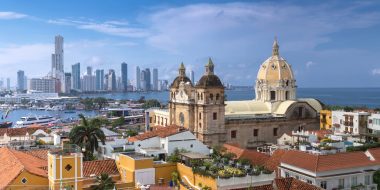
Another aspect of Colombia is its recent history, which has been marked by conflicts between paramilitarist groups, revolutionaries, drug lords and the government. These events were captured on the walls of the city with artistic graffiti. There are even tours that explain the history of the conflicts through the graffiti.
Another sight of Bogota is Montserrate, a 3152-meter-high mountain with a church on its summit. The top can be reached by cable car, where you can visit the historic church and enjoy the view over the capital.
The Plaza de Bolivar is the historic center of the city and an important meeting place. Various decorations are installed here to match the season. Directly adjacent to the square are important buildings of the Colombian government, such as the Palace of Justice or the Capitol. It is also home to the magnificent Primada de Colombia Cathedral and the Town Hall.
Medellín: from drug stronghold to tourist city in Colombia
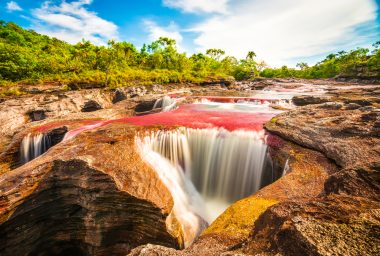
Anyone who hears the name Medellín quickly thinks of one person: Pablo Escobar. One of the world’s most famous drug lords wreaked havoc here in the 1990s, and it was from here that he controlled his empire. Today, there is not much left of that time in fun-loving Medellín.
Through major investments in education and security, the city became one of the most livable areas in Colombia, and today it benefits from its wealth of tradition among tourists. The many small restaurants, shops and cafés of the city invite you to stroll and linger, here it is possible to experience a piece of authentic Colombia. Fresh Colombian coffee, Comida Corriente, Ajjiaco Santaferena or Tamales are available almost everywhere here, and the dishes are often prepared according to old family recipes.
At night, downtown Medellín comes alive. Street music can be found on almost every corner, brightly lit clubs or dignified bars abound.
Cartagena: Caribbean feeling
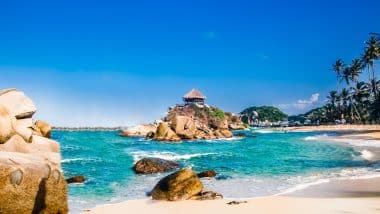
In addition to high mountains and magnificent cities, Colombia can also convince with fine sandy beaches in the warm Caribbean water. The north coast of the country, together with the south coast of the USA and Central America, encloses the Caribbean, islands such as Jamaica or Haiti are not far away.
This is where the city of Cartagena is located, which used to be built as a port city for the Spanish colonialists who explored the wild land from here. That’s why there are still numerous buildings from the colonial era, such as the Palace of Inquisition.
As the name suggests, the building was once used to convert the country to Christianity from here. Today, the building is used as a museum. On the one hand, the rooms are presented in their original state at the time of the Inquisition, and on the other hand, works of art by Colombian artists are presented. Information on the brutal inquisitions of the Spaniards can also be found here.
The Castillo San Felipe de Barajas is a fortress that was also built during the colonial period in Cartagena. The fortress is now considered a World Heritage Site, and battles were fought here during Colombia’s War of Independence, among other things. The huge fortress has a large tunnel system, as well as many towers and fortifications.
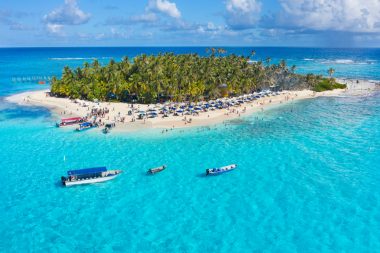
If the beach on the mainland around Cartagena is not enough for you, you can also take a boat trip to the Islas del Rosario. The archipelago consists of 28 islands and is mainly used for luxury hotels. Here, visitors to the island can explore the tropical flora and fauna, relax on the beach under the palm trees or swim in the turquoise waters of the Caribbean . The Islas del Rosario are also a real experience for divers. Numerous sunken Spanish galleons can be explored underwater here. Tropical fish and corals have settled around the wrecks. The mangrove forests of the islands can be crossed by kayak and offer a unique experience. The food of the islands is also very famous. Fresh lobsters or prawns are served here every day.


